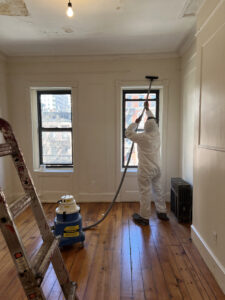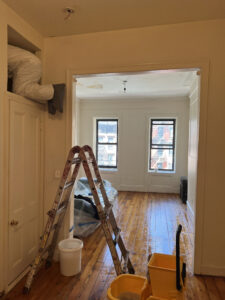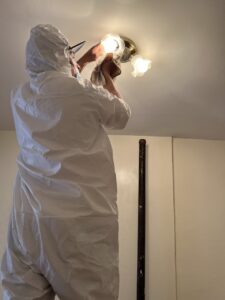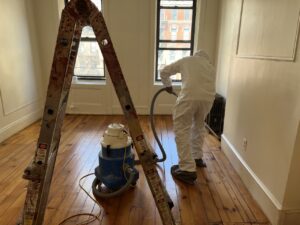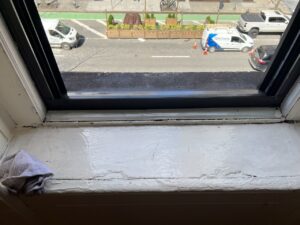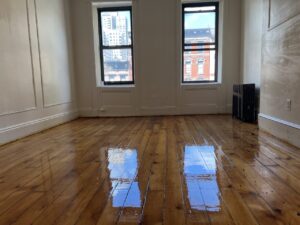Wet washing is an effective way to eliminate lead hazards in the form of lead dust from walls, windowsills, doors, and other structural materials. The use of a vacuum that contains a HEPA (a high-efficiency particulate air) filter will be necessary to help in the removal of lead dust from windowsills, walls, doors, and floors in the safest manner. Homes built before 1978 are more likely to have lead based paint, according to the EPA. Lead testing should be conducted prior to taking on a renovation or remodel project to find out if there are lead hazards in your home, and help to reduce lead exposure to the occupants in the process.
Lead Testing
The EPA (Environmental Protection Agency) has outlined testing and cleaning procedures for surfaces within a structure that may contain lead. A contractor is required to follow various steps at the onset of a construction project. If renovations are being performed in a home, lead testing should take place first. Paints and other materials may contain lead.
Products that contain lead are banned from being used for modern construction jobs. Lead testing will involve taking samples of various surfaces throughout the home and sending it to a laboratory. Lead can be dangerous if ingested. A chipped paint sample or a cloth (known as a dust wipe) that has been wiped across a surface that may contain lead can be tested. Lead testing will provide accurate results.
Lead dust could become airborne during construction. If so, a construction crew is required to wear protective clothing and to eliminate all of the materials that contain lead. After properly disposing of the materials, the interior of a residence should be professionally cleaned.
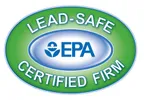
The EPA requires individuals trained and certified to conduct lead-based paint activities, and firms must be certified. Lead-Based Paint Activities include lead-based paint inspections, risk assessments and abatements (lead-based paint removal). Hiring a professional to test your home for lead hazards helps to pinpoint where the lead hazards are present, while adhering to best practices to keep your family safe.
Cleaning Efforts
Cleaning surfaces will be necessary if there is a chance that lead hazards are present. If there won’t be any construction taking place in the near future, but lead dust has been detected, a homeowner should hire a lead safe certified cleaning company to perform lead dust removal.
A wet washing technique involves using a detergent and a lint-free cloth or sponge. Detergent and water may be mixed together. A cleaning tool will be used to wipe off surfaces where dust has been located. A cleaning crew will assess floor coverings within a home. They may use a vacuum that contains a HEPA filter to remove all of the dust particles that are within a residence. If the home has older carpets, they should be removed and disposed of.
If any clothing or other fabric materials have lead dust on them, they should be laundered in a washing machine. The detergent and water, plus the agitation that a washing machine is responsible for, will eliminate dust particles. If there are surfaces that contain lead-based paint a lead safe certified firm needs to be hired to perform lead paint removal or abatement techniques.
For more information on best practices when it comes to lead removal check out the EPA’s guide: The Lead-Safe Certified Guide to Renovate Right.

